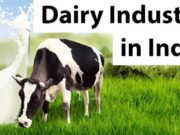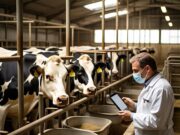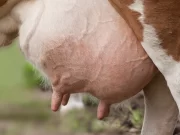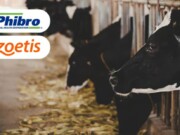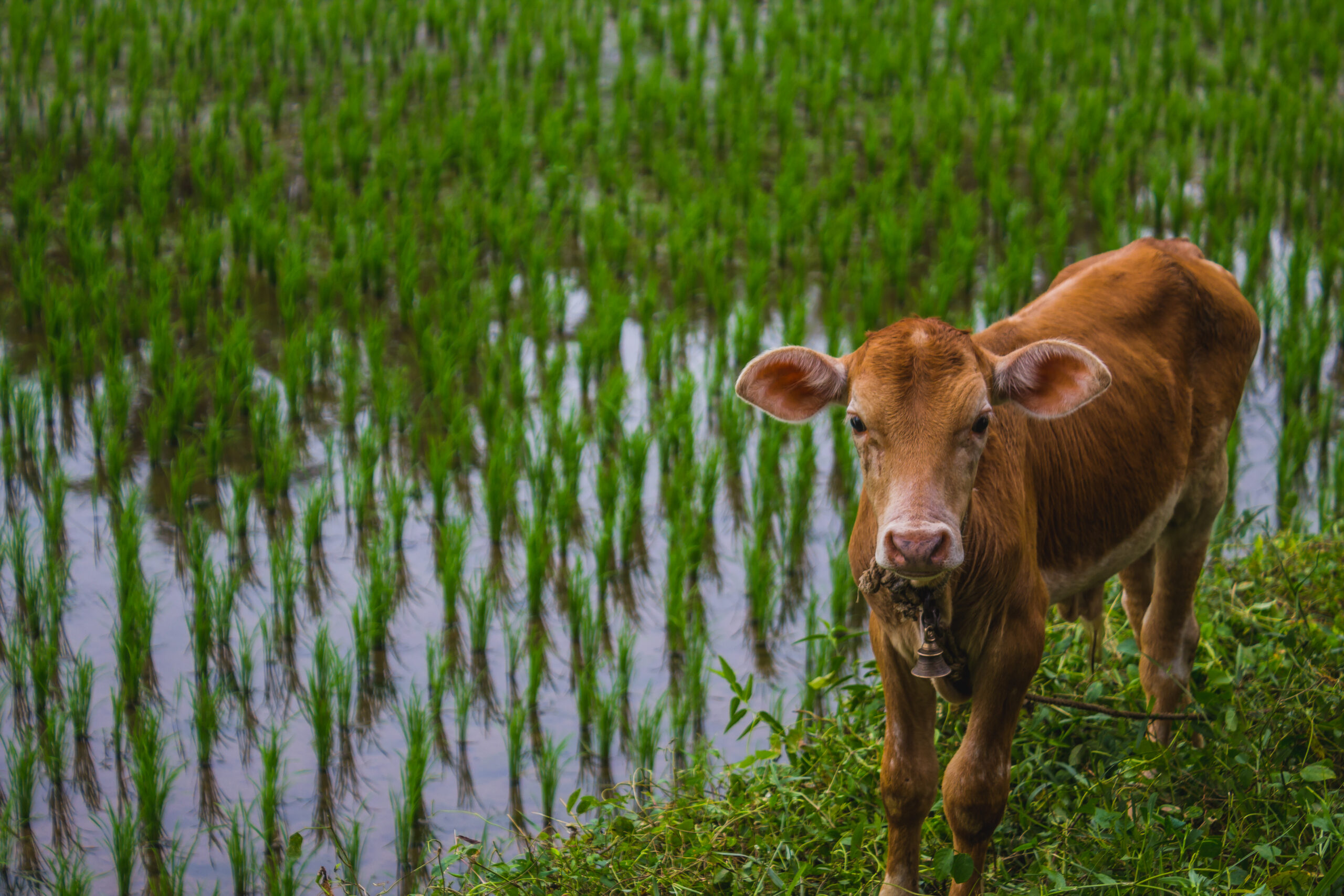
Monsoon is the most important season for the livelihood of the people of an agriculture-based country like India. India generally follows the South-West monsoon. The period between June to September is considered as monsoon period in India. Seasonal moderate rain is a much-needed boon for India. During rain, humidity rises due to this increase the expirated air, heat, and wastes of animals leading to a worsening of microclimate which is not comfortable for livestock and leads to various problems. However, the following are some issues to take care of in the short- and long-term to save animal lives.
BASIC CARE TIPS-

- Make adequate arrangements to protect the animals from slush and floods.
- Protect the animals from diseases caused due to excessive rainy conditions and remember to de-worm them at this time.
- Vaccination of animals before the onset of the rainy season for certain diseases was important. Cattle were vaccinated for HS and BQ before the arrival of the monsoon, particularly in endemic areas. Small ruminants were also vaccinated for PPR and HS before the arrival of the monsoon. Sanitation and hygiene were critical during the rainy season. Eliminate standing water and all mosquito habitats to control mosquitoes. Spray insecticides at regular intervals, especially during the rainy season (fly season).
- After the birth of the calf/kid/lamb, the newborn must be fed with colostrum within the first two hours.
- Animals in milk are susceptible to getting ‘Milk Fever’ 7-8 days after giving birth. To protect the animal from this disease, they should get adequate exposure to sunlight during pregnancy. Also, in the last month of pregnancy, the animal should be given injections of Vitamin E and Selenium, to protect them from problems that may occur at the time of giving birth such as placenta not falling out. Alternatively, 5 – 10 grams of lime or 70 – 100 ml of a mixture of calcium and phosphorus can be given to the animals daily.
- Do not let animals graze in irrigated fodder fields, since after the long summer, the sudden growth in the fodder due to the onset of monsoons, leads to the presence of poisonous cyanide in it. This is especially so in the Jowar crop. These fodder crops should, therefore, not be harvested before time or fed to animals.
- Perennial fodder grasses should be transplanted at this time and shall be ready for cutting in 40 – 50 days. For a balanced animal feed, maize, Jowar, and bajra should be sown along with cluster beans and black-eyed peas.
- 21 days after shearing sheep, their bodies should be drenched with disinfectant.
- Concentrate feed must be stored in moisture-proof stores to avoid contamination, especially with aflatoxins. Improved ventilation was needed which can be met through exhaust fans, draft fans, or other outlet ventilators.
OTHER FACTORS-
- INFRASTRUCTURE DEVELOPMENT:
Infrastructure is likely to get damaged after heavy rainfall and the need of new facilities may arise. Fencing the boundaries of the farm/livestock premises should be the first priority. Portable and flexible facilities should be shared with neighbors if available. Unwanted mixing of cattle and other livestock should be avoided to check herd health and breeding-related issues. Livestock owners, who have access to pakka wall and polywire fencing can use these for a quick and temporary fix. One should avoid overcrowding of animals in small areas for extended periods of time. Dry cows and growing cattle need 30 ft2/head of pen space. Cow-calf pairs need 150 ft2/unit of pen space.
- GRASS FEEDING:

Feeding your livestock purely on this young grass will cause diarrhoea which can further worsen the body condition. To avoid this, mix the green pasture with hay and gradually introduce the animal to green lush. Sudden introduction of the animal to large quantities of lush pastures should be avoided at this initial stage. Just as rains awaken long dried pastures so does it bring to life disease-causing micro-organisms and vectors. The moisture and warmth that comes with rainfall offer the much-needed conditions form their multiplication.
- BACTERIAL GROWTH:
The moisture on the ground produces a lot of bacteria that can cause disease. The most common of them are worms. During the wet season, therefore, farmers must stock a broad spectrum of de-wormers. Worms, if not treated, affect the animal’s general performance. Deworming must be done at the beginning of the rainy season and throughout the season because worms multiply more during this period.
- TICKS MANAGEMENT:
There are some flies which are deadly, for example, tsetse flies. Tsetse flies do not only suck blood from the cows, but their bite is too painful too. In addition, they spread a disease called nagana to the cows, which if not treated early leads to death. Farmers should make sure that they spray their animals regularly and cut all bushes near their shades.
- UDDER CARE:
The disease of the udder also becomes more prevalent during this season. Note that when the adder is diseased, then you have lost the animal. This disease is called udder mastitis. The udder swells and stops producing milk.
The good thing is that it can be treated using general antibiotics. Also, make sure that there are disinfectants to disinfect the farm all the time.
- CARCASS DISPOSAL:
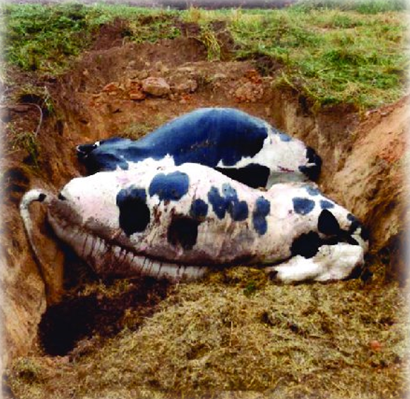
If heavy rain-related livestock losses are experienced, those carcasses should be disposed of within 24 hours of death. Burial is the most often utilized method of disposal of dead animals. There are some best management practices that are recommended when using this method. Composting is using the natural decomposition process and accelerating it by the addition of organic waste materials to generate heat. In the states of India, permits are not required for on-farm composting operations where the compost is considered to be part of normal farming operations and used on the same farm as part of agronomic or horticultural operations. Incineration is another method of disposal of a dead animal that can be very energy intensive. Heavy rain is the situation that normally occurs in many parts of the country every year. Download the Aviator game and start your adventure in the world of casino gaming. Get the aviator game download now and enjoy it anytime, anywhere. Along with human life, livestock should also be taken care of for their needs pertaining to water, feed, and healthcare-related issues. The right action at the right time can save the farmer from losses that may arise due to natural disasters like heavy rain.
- USE OF FOOTBATHS:
Wet and muddy cow shades also predispose lactating animals to mastitis. The cold conditions also predispose animals to pneumonia. To prevent this, provide your animals with good shelter and don’t leave them exposed to rain storms. Calves are especially prone to pneumonia during this time. Poor drainage can also lead to the dampening of feeds stored on the farm. Moulding of hay is common with wet conditions and it reduces the nutritive value of feeds and makes them less palatable. Never feed your animals on rotting or mouldy feeds as they can cause fatal poisoning. Finally, keep your local vet close during this rainy weather.
Also, read | Need of Environmental Controlled Housing in Livestock
Author:
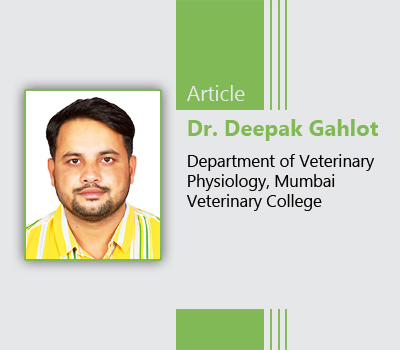
Dr. Deepak Gahlot
Department of Veterinary Physiology Mumbai Veterinary College, Mumbai
